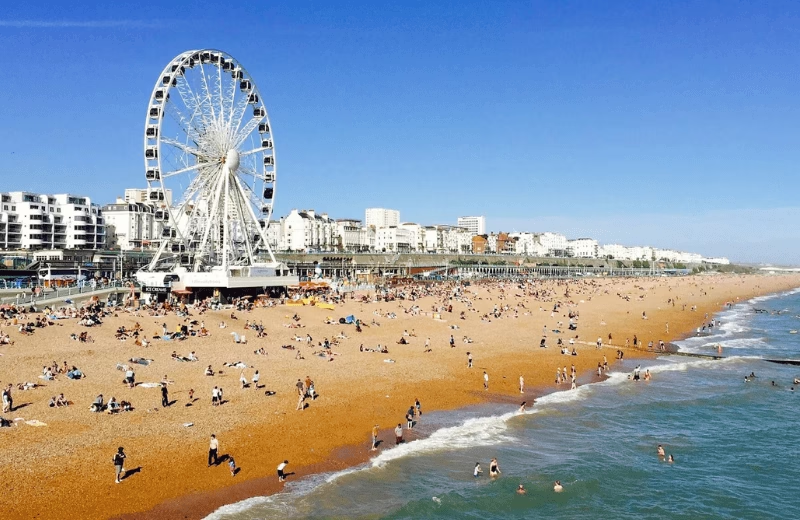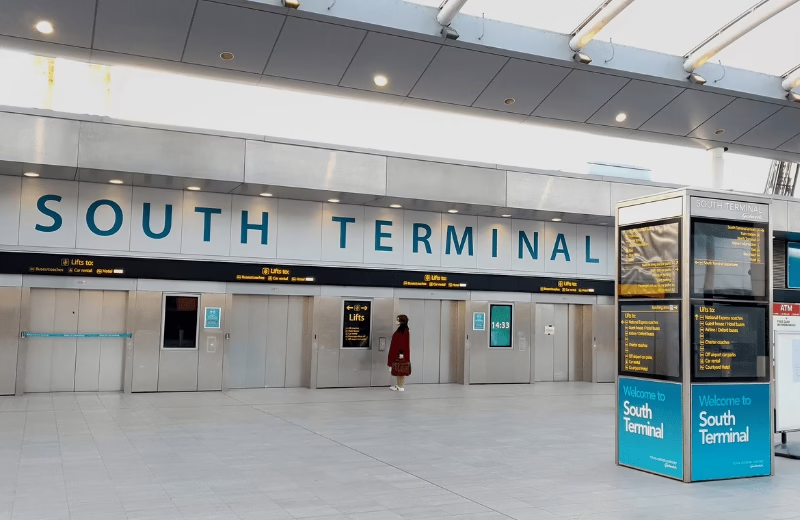When it comes to getting around the city, the debate of taxi cab vs Uber often arises. Have you ever found yourself stranded, wondering which option is faster, cheaper, or safer? Both choices offer unique benefits and drawbacks, but understanding the difference between Uber and taxi can help you make smarter travel decisions.
Whether it’s a quick commute or a late-night ride, knowing which service suits your needs can save time and money.
Accessibility and Convenience
How do you usually find a ride when you’re on the go? Accessibility and convenience are crucial factors in choosing between taxis and Uber.
Taxi Cabs
Traditional taxis have been around for decades, a trusted option for urban mobility. You can hail a cab on the street or find them waiting at designated taxi stands. Some companies now offer phone-based booking systems, but the process can still feel dated.
Have you ever been stuck trying to flag a cab in the rain or late at night? These moments highlight one of the key limitations of taxis—availability. In less busy areas or during peak hours, finding a cab can be like searching for a needle in a haystack.
Uber
Uber turned the transportation industry on its head with its app-based ride-hailing model. A few taps on your smartphone, and you’re matched with a driver, complete with real-time tracking and arrival estimates. How convenient is that? The ability to book a ride from virtually anywhere, at any time, makes Uber a favorite for many.
Whether you’re heading to the airport or a late-night event, Uber’s digital-first approach often feels like a lifesaver. But does it always work seamlessly? Glitches and availability issues can sometimes leave users frustrated.
Pricing Structure
When was the last time you checked your ride’s cost before booking? Pricing is one of the most contentious aspects of the taxi cab vs Uber debate. Understanding the difference between Uber and taxi in terms of cost can influence your choice.
Taxi Cabs
Taxi fares are typically regulated by local governments. They follow a standard structure based on distance traveled and time spent in traffic. This transparency is a plus, but have you ever watched the meter climb higher during a traffic jam?
It’s an unsettling experience. Taxis might feel predictable, but unexpected delays can inflate costs significantly.
Uber
Uber’s pricing is dynamic, adapting to demand, time, and distance. While this can sometimes lead to lower fares than taxis, surge pricing during peak hours can make Uber rides unexpectedly expensive. Have you ever opened the app after a concert or during a storm and seen jaw-dropping rates?
On the flip side, Uber’s frequent discounts and promotions can make it more budget-friendly on regular days. The app’s upfront fare estimates also add a layer of transparency that taxis often lack.
User Experience
What do you value most in a ride comfort, speed, or tech-savviness? User experience can make or break your perception of a service. Let’s explore the difference between Uber and taxi in this aspect.
Taxi Cabs
Traditional taxis offer a no-frills experience. Hop in, tell the driver your destination, and you’re on your way. However, the quality of this experience can vary greatly. Have you ever encountered a driver who seemed lost or a cab that felt like it had seen better days? Payment options in taxis are often limited, with some still relying on cash, which can be inconvenient in today’s digital age.
Uber
Uber prioritizes user-centric features. From cashless payments to the ability to rate drivers, Uber strives to make every ride enjoyable. The option to choose your ride type—from budget-friendly UberX to luxury Uber Black—caters to diverse needs.
Ever appreciated the in-app navigation that lets you see your route in real time? Uber’s tech-forward approach has set a new standard for convenience, though it’s not immune to occasional hiccups like app crashes or mismatched driver details.
Safety and Regulations
Have you ever wondered how safe your ride really is? Safety is a top priority for passengers and drivers alike. The difference between Uber and taxi in safety measures is a key consideration.
Taxi Cabs
Taxis are highly regulated, with drivers undergoing stringent licensing processes and vehicles meeting strict safety standards. These regulations offer peace of mind, especially for those who prioritize reliability over novelty.
But does this always translate to a better experience? Complaints about unprofessional behavior or poorly maintained vehicles aren’t unheard of, and limited tracking features can leave passengers feeling vulnerable.
Uber
Uber has introduced innovative safety features, such as GPS tracking, trip-sharing options, and an emergency assistance button within the app. While these advancements are commendable, the lack of uniform regulation across regions has raised concerns. Background checks for drivers, while mandatory, vary in rigor depending on local laws.
Have you ever hesitated to use Uber late at night, questioning its safety measures? These mixed perceptions highlight the ongoing debate about Uber’s commitment to passenger security.
Driver Perspective
What’s it like to be behind the wheel? The experiences of taxi and Uber drivers differ significantly, offering insights into the industries’ inner workings.
Taxi Drivers
Taxi drivers often operate under stringent guidelines, including licensing fees, medallion costs, and strict schedules. These challenges can make their work stressful.
Have you ever noticed a driver’s frustration with traffic or long shifts? On the flip side, regulated fares and designated zones provide some level of income stability.
Uber Drivers
Uber drivers enjoy more flexibility, setting their own schedules and often using personal vehicles. However, this freedom comes at a cost. Drivers face fluctuating demand, commission deductions, and lack of benefits like health insurance.
Ever chatted with an Uber driver about their day? Many appreciate the autonomy but acknowledge the challenges of inconsistent earnings and rising operational costs.
Environmental and Social Impact
How does your ride choice affect the planet? Environmental and social considerations are increasingly shaping the taxi cab vs Uber discussion.
Taxi Cabs
Traditional taxi fleets often consist of older vehicles, which may contribute to higher emissions. Additionally, taxis rely on centralized dispatch systems that can result in inefficient routing and more idle time.
Have you ever wondered about the environmental toll of those idling cabs at busy stands?
Uber
Uber’s business model encourages carpooling through services like UberPool, potentially reducing the number of cars on the road. However, studies have shown that ride-sharing can also increase urban congestion by attracting users who might have otherwise walked, biked, or used public transport. Are we trading one problem for another?
The debate is ongoing, and the ultimate impact depends on individual choices and broader systemic changes.
Conclusion
So, taxi cab or Uber which will it be? The answer isn’t straightforward. If you value traditional safety regulations, predictable pricing, and a no-frills experience, taxis may be your go-to. On the other hand, if you prioritize convenience, flexibility, and modern features, Uber likely wins your vote. Whether you’re heading out for a night in the city or arranging an airport transfer, understanding the difference between Uber and taxi empowers you to choose the best option for your specific needs.
Next time you’re planning a ride, ask yourself: What matters most to you? Cost, convenience, safety, or environmental impact? Your answer will guide you to the right choice in this ongoing transportation duel. Ride smart, and travel better!




